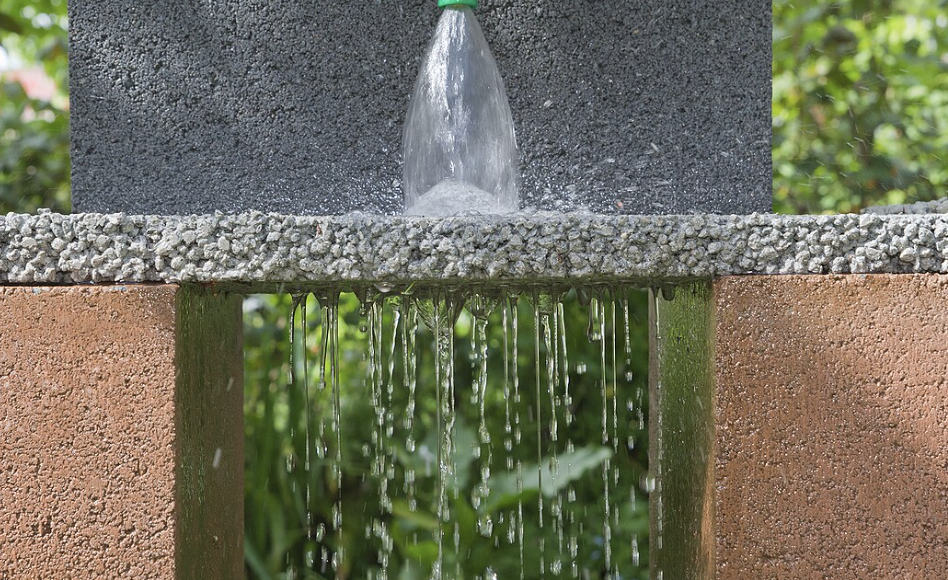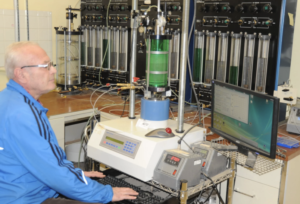Top Materials Used in Porous Stones for Soil Testing (Ceramic vs Metal vs Plastic)
When I first started working with triaxial and permeability tests, I didn’t realize just how much the material of the porous stone could influence the results. But trust me—once you’ve had a test fail because of a clogged or cracked stone, you never look at them the same again.
The most common materials used in porous stones for soil testing are ceramic, metal, and plastic. Each offers unique strengths depending on the test conditions, soil type, and durability needs. Choosing the right one is key to maintaining accuracy and lab efficiency.
Let’s break down the differences so you can choose wisely.
Ceramic Porous Stones: The Lab Standard
Most of us start here. If you’ve used a triaxial setup, chances are it had ceramic stones.
Ceramic porous stones1 are the industry standard in soil testing2 due to their ideal porosity, chemical resistance, and reliability. They perform well in both permeability and triaxial tests and maintain consistent saturation.
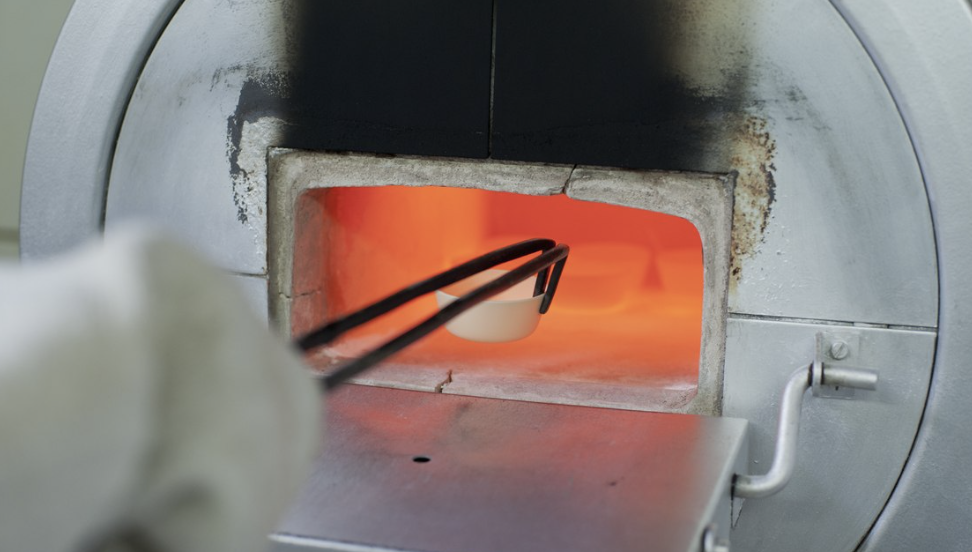
Why I Rely on Ceramic Stones:
- Excellent water retention and drainage control
- Highly consistent pore sizes (usually 20–40 microns)
- Chemically inert—no reaction with soil solutions
| Feature | Benefit for Testing |
|---|---|
| Uniform porosity | Reliable saturation and drainage |
| High thermal stability | Suitable for controlled-temperature labs |
| Brittle but precise | Requires careful handling |
Ceramic is what I grab when accuracy is everything—especially in standard lab conditions.
Metal Porous Stones: For Harsh and High-Stress Conditions
Ceramic isn’t always enough—especially in aggressive or high-load environments.
Metal porous stones3, often made of stainless steel or bronze4, are ideal for heavy-duty or chemical-rich applications. They resist cracking under load and can be used with solvents or corrosive solutions.
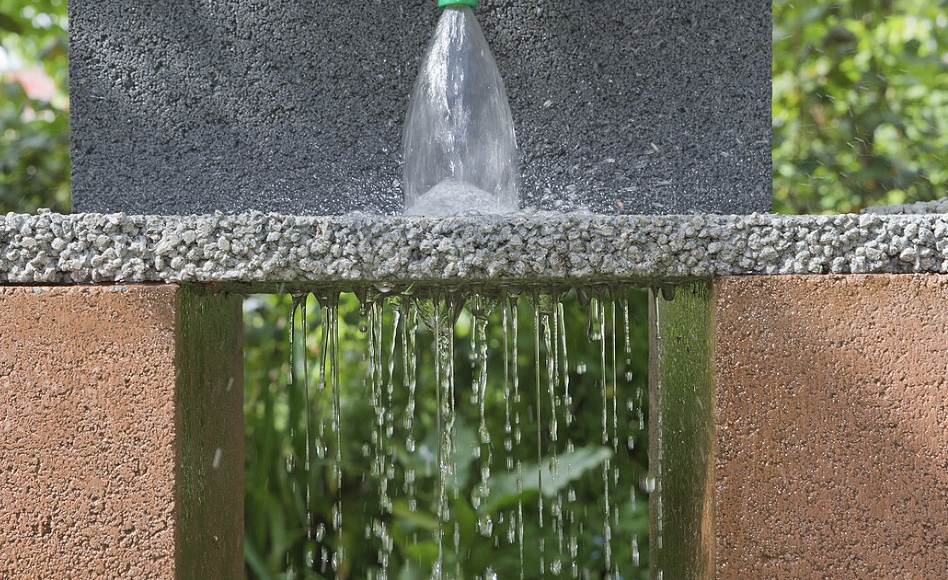
When I Switch to Metal:
- Samples with sharp particles or coarse gravel
- Elevated temperature or pressure conditions
- Risk of corrosion or contamination from chemicals
| Feature | Use Case |
|---|---|
| Durable and rigid | Long-term use in load testing setups |
| Corrosion-resistant | Suitable for geochemical or oil-soil tests |
| Lower porosity (5–15 μm) | Best for fine saturation control |
They’re heavier and pricier—but sometimes, they’re the only material that survives a rough sample.
Plastic Porous Stones: Lightweight and Cost-Effective
Sometimes, the job doesn’t call for fancy or expensive—just something that works well enough.
Plastic porous stones5 offer an economical option6 for lighter-duty testing. While they have lower thermal and mechanical tolerance, they’re perfect for educational labs or temporary setups.
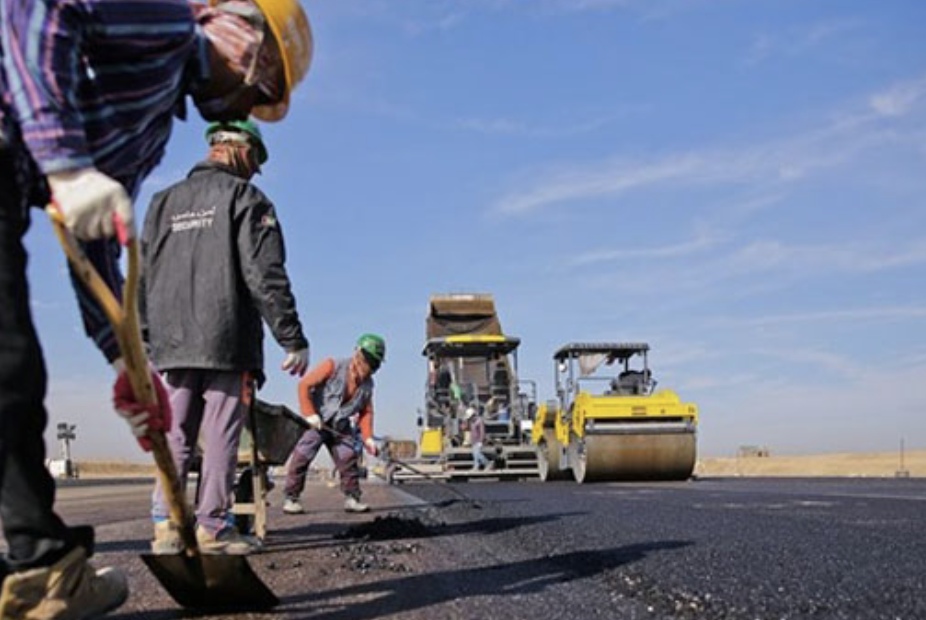
Why I Occasionally Use Plastic:
- Training sessions or student labs
- Low-pressure compaction or water permeability tests
- Disposable or one-time use setups
| Feature | Limitation |
|---|---|
| Lightweight and safe | Can deform under pressure |
| Lower cost | May lack long-term durability |
| Available in various grades | Not always precision-controlled |
Plastic has its place—just not where stress, temperature, or precision are critical.
How to Choose the Right Material for Your Application
With three solid choices, the best pick comes down to your specific test and budget.
Ceramic7 is your go-to for precision; metal8 is your ally for durability and extreme conditions; plastic is your budget-friendly backup for lighter tasks.
My Quick Guide for Selection:
| Test Scenario | Best Material | Why |
|---|---|---|
| Standard triaxial or permeability test | Ceramic | Reliable porosity and water flow |
| High load, abrasive soil, or chemicals | Metal | Long-lasting and corrosion-resistant |
| Low-budget, low-stress educational use | Plastic | Cheap and sufficient for basic needs |
Think of porous stones like the tires on your test car—don’t underestimate what’s under your sample.
Conclusion
Choosing the right porous stone isn’t just about material—it’s about matching the material to the mission. Whether you’re running high-stress triaxial tests or teaching the next generation of geotechnical engineers, there’s a right fit for every job.
-
Explore this link to understand why Ceramic porous stones are essential for accurate soil testing and their advantages in various tests. ↩
-
Discover the critical role of soil testing in ensuring successful construction and agricultural practices. ↩
-
Explore this link to understand how metal porous stones enhance durability and performance in demanding environments. ↩
-
Discover why stainless steel and bronze are the materials of choice for strength and resistance in tough conditions. ↩
-
Explore this link to understand how plastic porous stones can enhance learning experiences in labs. ↩
-
Discover why choosing economical options can lead to better resource management in labs. ↩
-
Explore this link to understand why ceramic is favored for precision and how it can enhance your work. ↩
-
Discover the advantages of metal tools in harsh environments and how they outperform other materials. ↩

